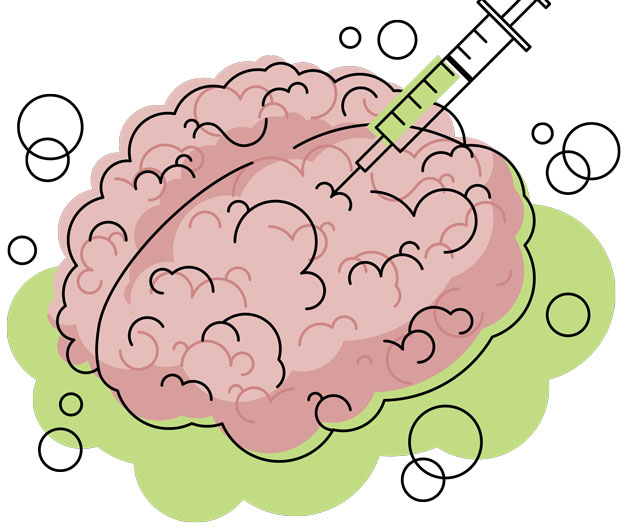Have you ever been stuck in front of the computer trying to finish a research paper? Have you received several bad grades on class tests? Well, many post-secondary students in Canada have felt the same way, and it seems that ‘study drugs’ are the new trend.
Academic life can be demanding, and many students feel the pressure. Some students turn to liquor, chocolate, and smoking, but others turn to prescription medications to increase their brain power and study time.
Students have begun to use Adderall, Ritalin, and Concerta, the three most common drugs used primarily to treat children with attention deficit hyperactivity disorder (ADHD), as brain enhancers.
ADHD is classified as a neurological disorder, and these drugs are designed to give an extra calming boost. When these ‘study drugs’ are used for non-medical purposes, they give students the ability to use multiple areas of their brain at a stronger capacity, allowing them to increase the time they spend studying, and in turn receive better test scores and GPAs.
In many neurological disorders, the brain is lacking in or has too much of one type of chemical. Dopamine, a neurotransmitter associated with pleasure, movement and attention in the brain, is the usual chemical associated with most neurological disorders. The ‘study drugs’ will typically replace the missing Dopamine, but for those without neurological issues it will increase the Dopamine levels in the brain.
As with any medications, a sudden stop in use can have serious withdrawal symptoms such as fatigue, depression, disturbed sleep patterns, and feelings of hostility and paranoia. But students seem to be disregarding this.
Students have described the effects of study drugs as being ‘phenomenal,’ allowing them to enter a study zone. Though many students do not admit using them, it is clear that these drugs are becoming apparent on-campus.
Is that few hours of extreme focus worth suffering in the long run?
According to the Canadian Drug Summary provided by the Canadian Centre for Substance Abuse, stimulants are classified as Schedule III drugs under the Controlled Drugs and Substances Act which means that these drugs are only considered legal when prescribed by licensed practitioners.
Use of these stimulants among Canadian youth aged 15-24 in the past year indicate the highest rate of study drug use among all other classification categories. Many of these students are receiving the drugs illegally, by double doctoring, or by mocking the symptoms of a neurological disorder and receiving prescriptions.
Often misused for enhancement and recreational purposes, the misuse of these drugs can increase a person’s risk for adverse effects and harm.
The issue of drug use is a widely known problem that has arrived on-campus and new discussions surrounding it’s use is on the rise.



